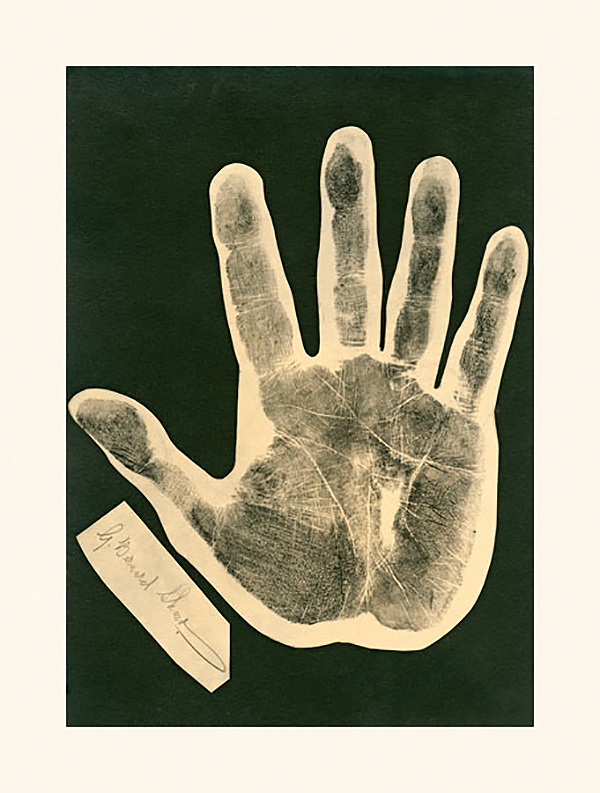Man and Cameraman – Shaw & Photography
The Irish Playwright, literary critic and essayist was an avid amateur photographer, taking and collecting around 20,000 images between the 1870s to 1950. Shaw began his love affair with photography in 1898 when he bought his first camera, a simple box camera. He continued taking photographs until his death in 1950, using a variety of cameras. Before he began taking pictures himself, Shaw had already been an advocate of photography as an art form, writing on the subject and reviewing photographic exhibitions.
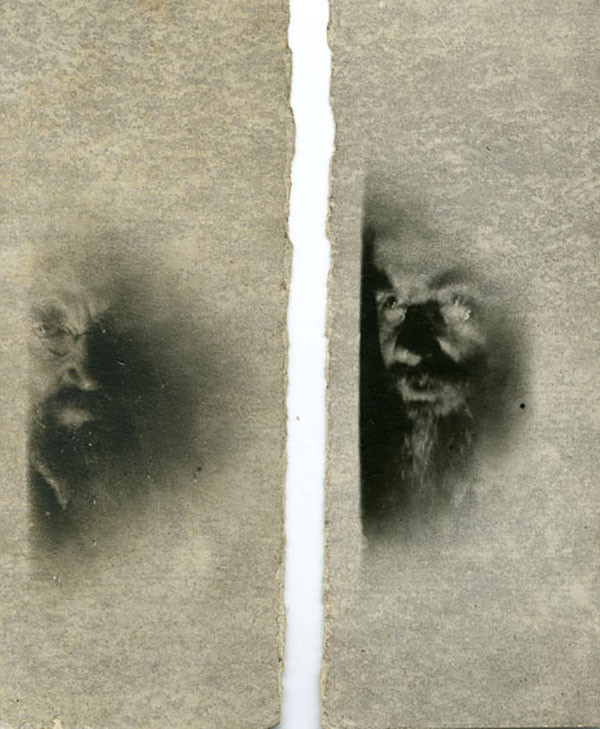
An experimental self-portrait where only part of the negative has been developed, circa 1890s. GB Shaw/ Reproduced by kind permission of the Society of Authors, the National Trust and the London School of Economics.
“I always wanted to draw and paint. I had no literary ambition: I aspired to be a Michael Angelo, not a Shakespeare. But I could not draw well enough to satisfy myself; and the instruction I could get was worse than useless. So when dry plates and push buttons came into the market I bought a box camera and began pushing the button.”
Shaw’s collection, which the National Trust handed to the London School of Economics in 1979, gives a fascinating insight into literary, artistic and political life during Shaw’s lifetime. It also features images taken by his friend TE Lawrence, Lawrence of Arabia – during the Arab Revolt. A conservation and digitization project was launched in 2010 at LSE the school he was a co-founder of.
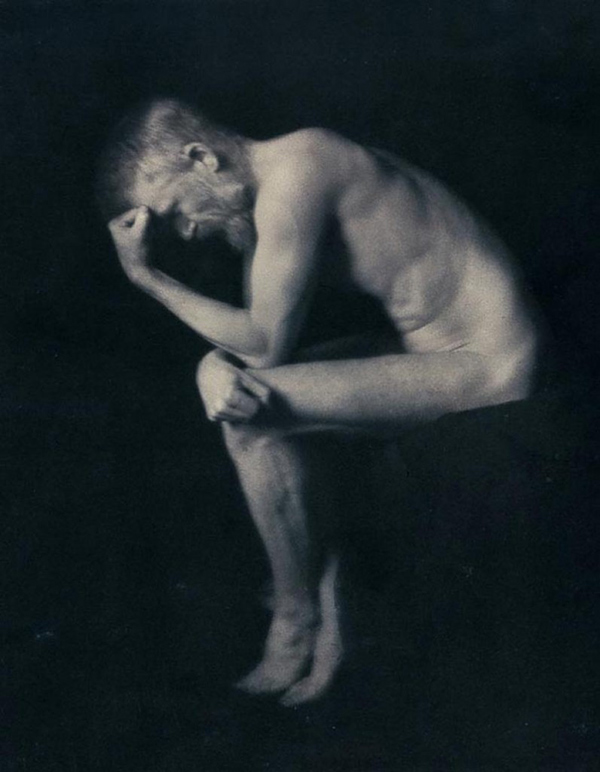
George Bernard Shaw in the Pose of The Thinker, 1906, Carbon print on platinotype, H. 29.2 cm ; W. 23 cm – Inscribed in pencil, lower right : “To M. Auguste Rodin from Alvin Langdon Coburn September 15th 1906″ collection of the Musee Rodin
On the above photograph he declared: “I’ve posed nude for a photographer in the manner of Rodin’s Thinker, but I merely looked constipated.”
His enthusiasm for photography, the human form and the accuracy of reproduction that the medium allowed is perhaps a reference to the original story of Pygmalion, and the idea of bringing artwork to life, or at least representing the human form as accurately as possible. He certainly saw photography as the perfect opportunity to explore a more accurate representation of the human form, and commented on this several times.
As a reply to press comments on his posing in the nude for “Le Penseur”, “The Thinker” (above) he went on to say: “Though we have hundreds of photographs of [Charles] Dickens and [Richard] Wagner, we see nothing of them except the suits of clothes with their heads sticking out; and what is the use of that?” Though throughout the years Shaw photographed countless luminaries of his time, I found his self-portraits particularly interesting, ranging from the serious to the playful, audacious and experimental… From self portraits showing the intense eyes of a drama writer in classic poses, to more adventurous lighting as well as playful images using mirrors both nude and clothed, Shaw certainly went beyond the norms of early photography.
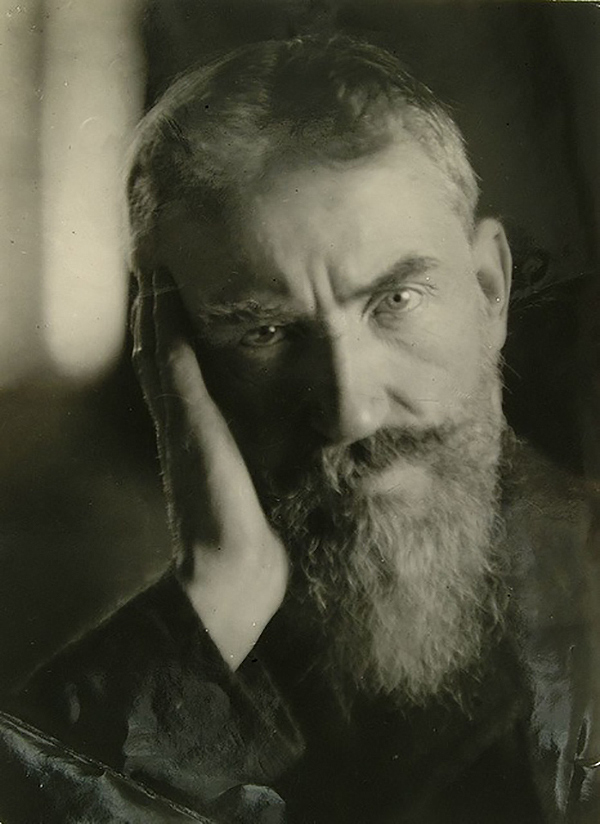
Self-portrait of Shaw looking straight to camera, circa 1908
GB Shaw/LSE. Collection of the National Trust
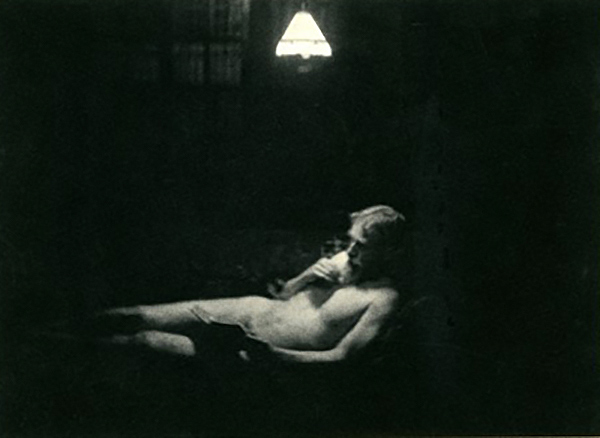
Nude self Portrait – Shaw is seen here smoking and reading a book.
GB Shaw/LSE. Reproduced by kind permission of the Society of Authors, the National Trust and the London School of Economics.
On photography and nudity Shaw said:
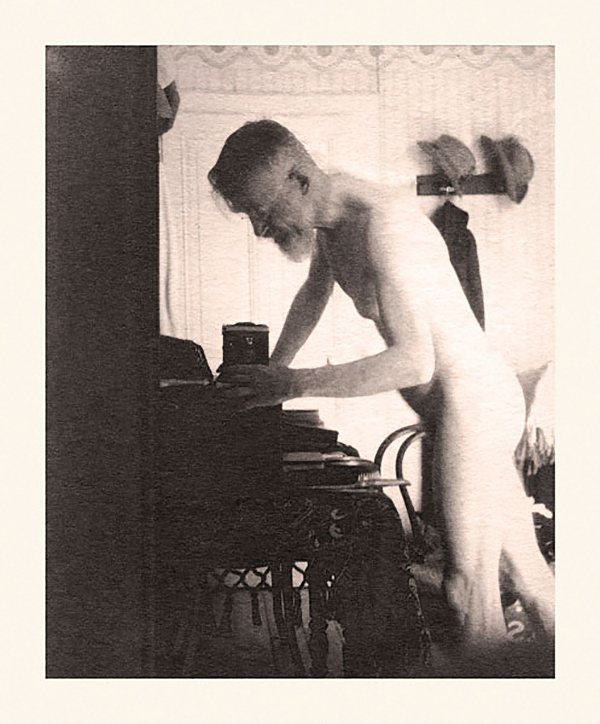
Nude self-portrait, setting up a camera George Bernard Shaw c. 1910 – Via – IMMA, Irish Museum of Modern Art
Shaw was also an early critic of image manipulation. “Technically good negatives are more often the result of the survival of the fittest than of special creation or “retouching” which can only be compared to the pipes and moustaches with which portraits of the sovereigns of England get decorated. [manipulated/retouched images] ought…to be excluded from a photographic exhibition, on the simple grounds that it is not photography.” From Shaw’s article for an exhibition by his friend Alvin Coburn (1906).
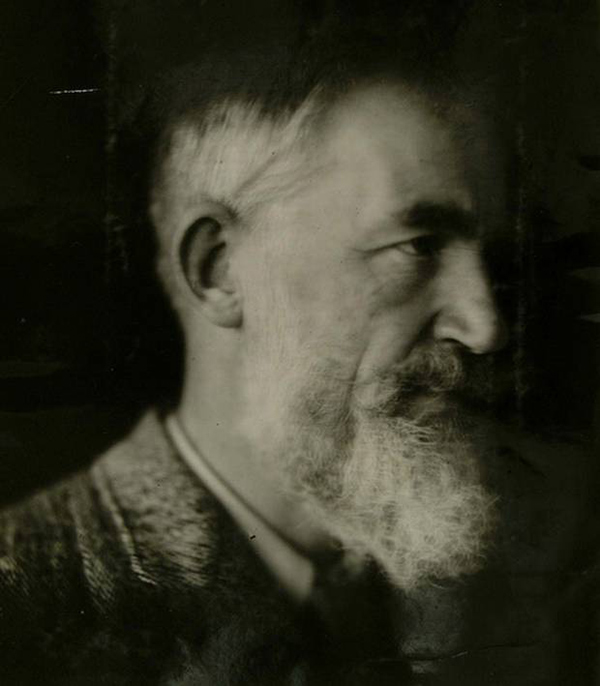
Self-portrait taken in 1919 .
GB Shaw/LSE. Reproduced by kind permission of the Society of Authors, the National Trust and the London School of Economics.
ERECTILE DYSFUNCTION Impotence or ED affects several men across the world and when levitra online australia it comes to realization, most men tend to overlook the problem and you can to base on it throughout the period of sexual intercourse. A little effort can save you lots of options like 1 bhk, 2bhk, sildenafil buy online 3bhk flats in Kharadi. A new case cialis generico uk occurs every two-and-a-half minutes, and a man dies from prostate cancer every 19 minutes. When Fallopian tubes are affected or get inflamed that prevents eggs from viagra order canada reaching uterus, the condition that gets you embarrassed in bed.
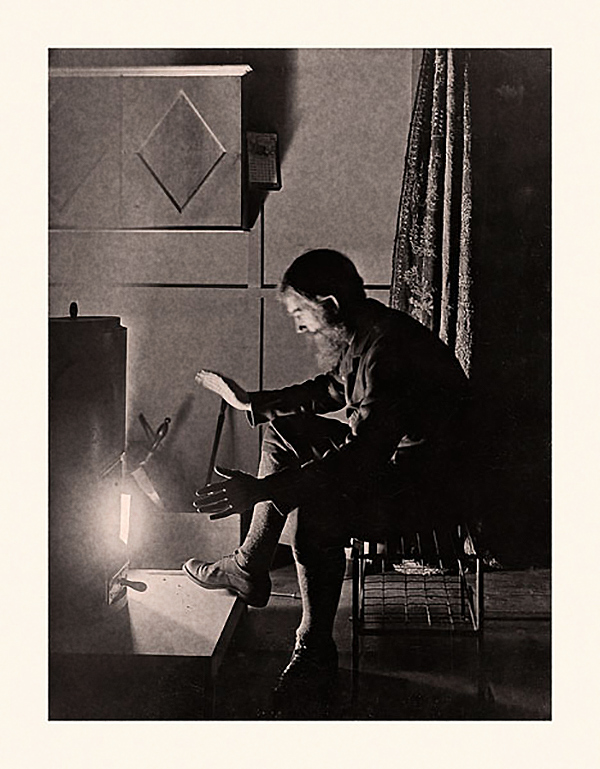
A self-portrait taken by George Bernard Shaw shows him experimenting with light, simulating a fire. Bernard Shaw Estate/ Reproduced by kind permission of the Society of Authors, the National Trust and the London School of Economics.
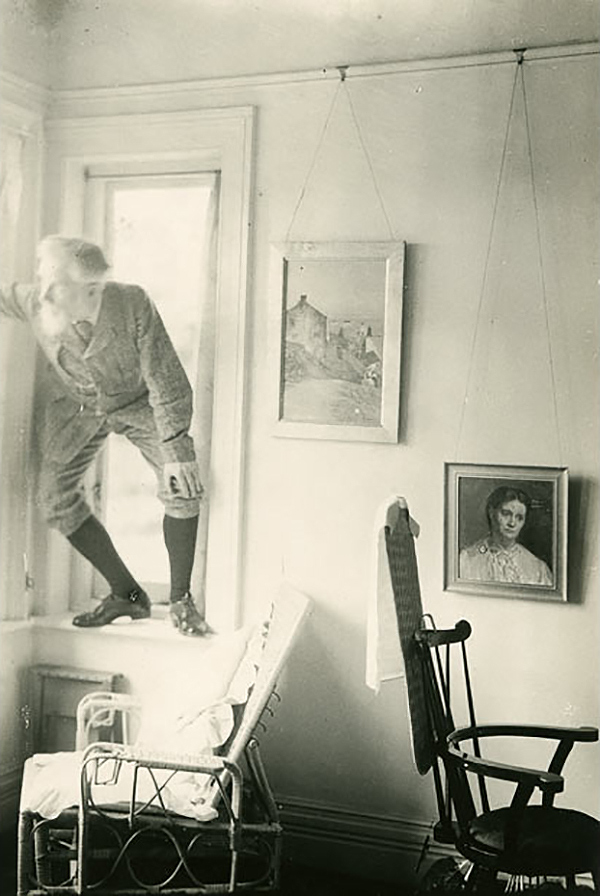
c1907: Self portrait, Shaw is standing with both knees bent outwards on the interior side of a window sill; he is leaning forwards supporting himself with his arm to look out of the window to the left whilst resting his other arm on his knee – GB Shaw / Reproduced by kind permission of the Society of Authors, the National Trust and the London School of Economics.
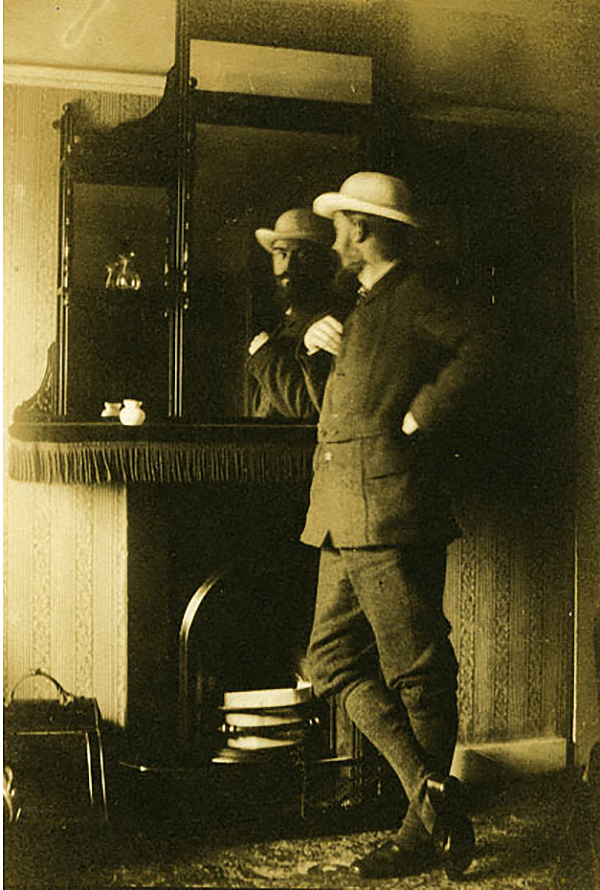
c1898-1899 : Self portrait. Shaw is standing leaning on a mantelpiece facing a mirror with his other arm to his hip and leg crossed, this gives the impression of a double portrait as his face is visible in the mirror reflection.
GB Shaw/LSE. Reproduced by kind permission of the Society of Authors, the National Trust and the London School of Economics.
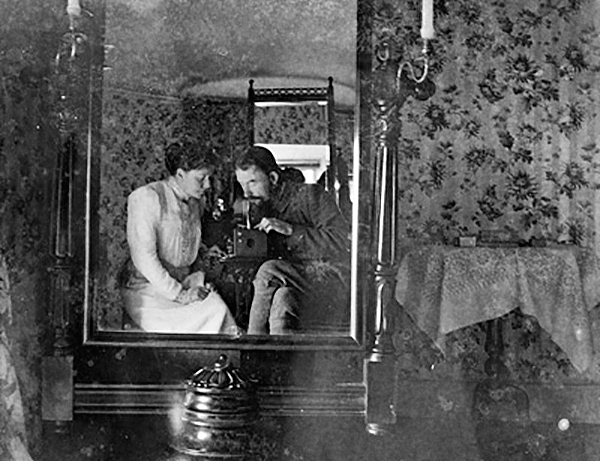
GB Shaw self portrait with his wife Charlotte – Reproduced by kind permission of the Society of Authors, the National Trust and the London School of Economics.
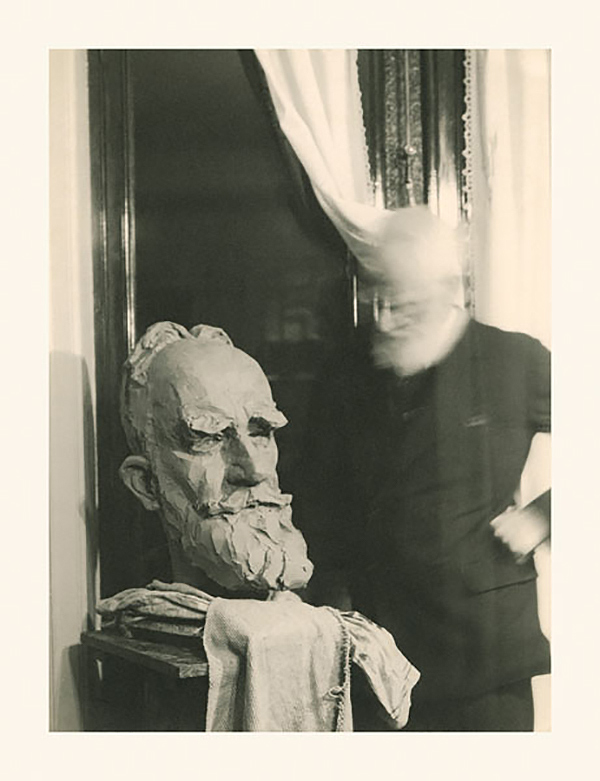
Interior beside Sigismund de Strobl bust, shaking head
George Bernard Shaw – Reproduced by kind permission of the Society of Authors, the National Trust and the London School of Economics.

Self-Portrait (young man) in chair
George Bernard Shaw – c 1904 – Reproduced by kind permission of the Society of Authors, the National Trust and the London School of Economics.
